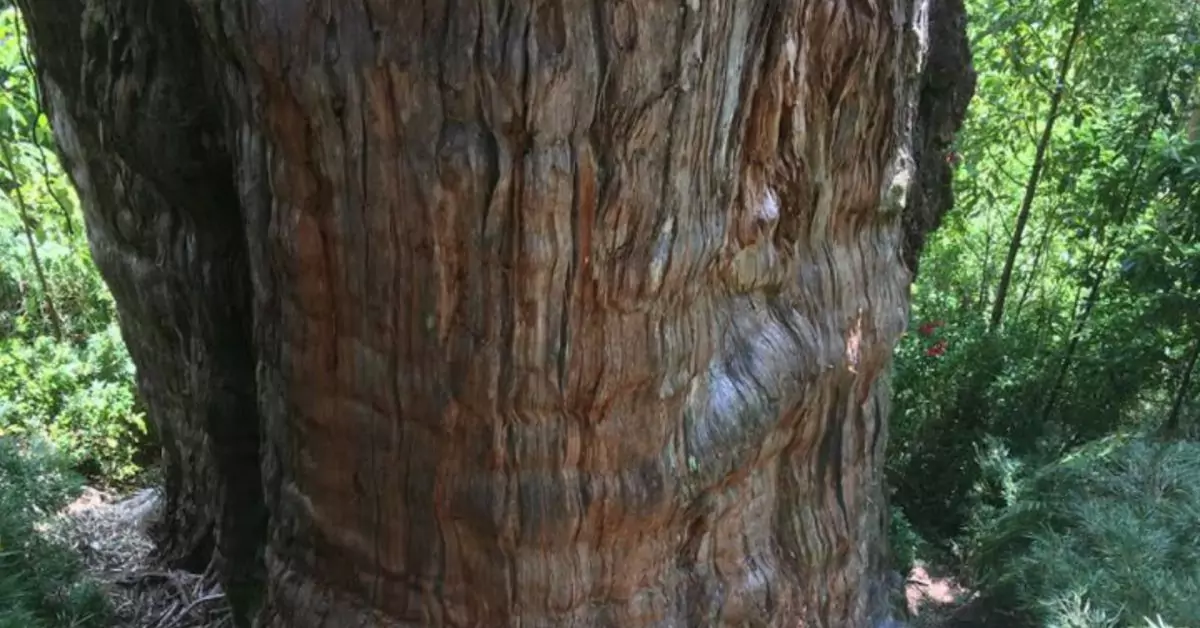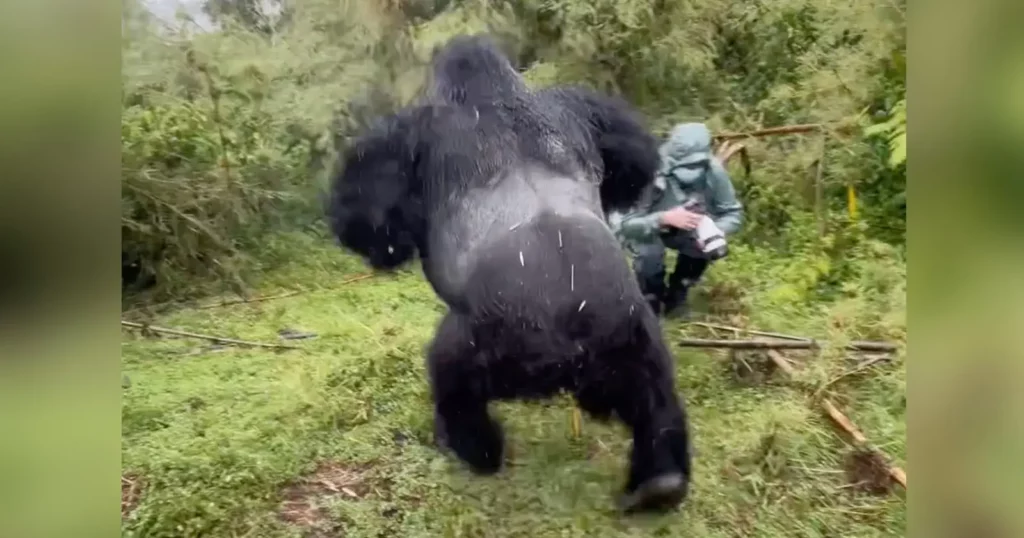
Nestled within the serene expanse of Chile’s Alerce Costero National Park, stands a remarkable testament to the resilience and longevity of nature – the “Great-Grandfather” tree. This Patagonian cypress, also known as Alerce Milenario, is not just a majestic sight; it holds a secret that has recently captivated the world. Researchers estimate that this tree is over 5,484 years old, potentially making it the oldest known tree in the world.
The Discovery
The journey to uncover the true age of Great-Grandfather was not a straightforward one. Traditional methods like dendrochronology, which involves counting the growth rings in a tree’s trunk, were challenged by the tree’s enormous size. With a trunk diameter of about four meters, conventional core sampling techniques were insufficient. This led to a unique approach by researchers like Jonathan Barichivich, who combined partial core sampling with sophisticated statistical modeling to estimate the tree’s age.

The Significance of the Findings
The age of Great-Grandfather surpasses that of the previous record-holder, Methuselah, a 4,853-year-old bristlecone pine in California. This discovery not only rewrites records but also offers invaluable insights into the history of our planet. It represents over five millennia of environmental changes, natural events, and human history. The tree’s longevity is a living symbol of endurance and resilience.
Challenges in Research and Skepticism
Despite the groundbreaking nature of this discovery, it has not been without its challenges and criticisms. The absence of a full core sample and reliance on computer models have led some scientists to question the accuracy of the age estimation. The findings, yet to be published in a peer-reviewed journal, remain a subject of debate within the scientific community.
The Tree’s Current State and Conservation Efforts
Today, the Great-Grandfather tree is in a precarious state. The impact of tourism, with visitors often stepping on its roots and removing pieces of its bark, along with the broader effects of climate change, pose significant threats to its health and longevity. Efforts are underway to protect this natural wonder, including the construction of a wooden platform to prevent root damage

and raising awareness about its significance. The Chilean government, recognizing the importance of the Great-Grandfather, has increased protections for the tree and added rangers to the park.
The Importance of the Great-Grandfather in a Broader Context
The story of the Great-Grandfather tree is more than just a record-breaking phenomenon. It’s a reminder of our planet’s incredible biodiversity and the intricate balance within ecosystems that have sustained life for millennia. The tree is a symbol of the natural world’s ability to endure through ages, offering lessons in resilience and adaptability.
Scientific and Environmental Implications
Understanding the Great-Grandfather tree’s life history can provide scientists with invaluable data on climate change, ecological balance, and environmental shifts over thousands of years. The tree’s rings carry the secrets of past climates, potentially aiding in the prediction and understanding of future environmental changes. This data is crucial for global efforts in combating climate change and preserving biodiversity.
Challenges in Age Verification and the Future of Research
The debate over the tree’s age highlights the complexities and limitations of current scientific methods in the age verification of ancient trees. The Great-Grandfather’s case opens avenues for developing more advanced and less invasive techniques for studying such ancient organisms. As research continues, it will likely spur further exploration into the longevity of trees and their role in our planet’s history.
The discovery of the Great-Grandfather tree as potentially the oldest tree in the world is a remarkable milestone in the study of nature’s wonders. It underscores the importance of preserving ancient natural monuments and deepening our understanding of the Earth’s ecological and climatic history. As efforts continue to protect and study this extraordinary tree, it stands as a powerful symbol of nature’s endurance and the mysteries it still holds for us to explore.
This ancient tree, holding stories of eras gone by, invites us to reflect on our relationship with the natural world and the responsibility we have to protect these irreplaceable treasures.
























































































































